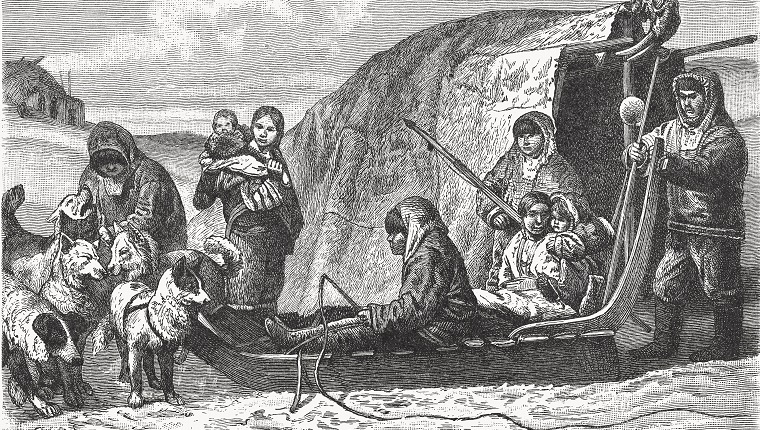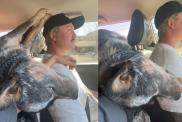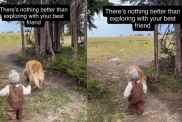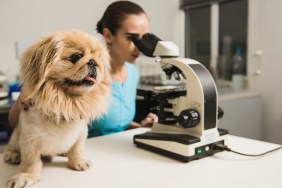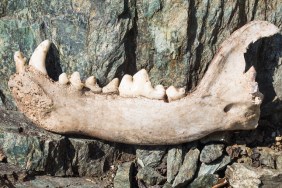Within ancient Arctic communities, dogs served a critical role beyond best friend. They provided vital transportation leading sleds, were trained hunters and gatherers, and even herded reindeer.
Today, DNA findings from these animals inform human history, as canines have been so closely intertwined.
In the September 28th Proceedings of the National Academy of Sciences, researchers outlined how they came to a new hypothesis regarding the isolation of Arctic communities. Previously, it was believed that they were completely independent, due to a lack of human DNA found elsewhere.
However, new archeological evidence in the form of 2,000-year-old dog remains from a tomb near the Yamal Peninsula in Russia suggested something different.
Tatiana Feuerborn, an archeologist at the University of Copenhagen, decided to conduct a new study. Using these remains, as well as the remains of other dogs in Siberia, she sought to see if an ancient trade network existed.
Interbreeding Across Continents For 7,000 Years
DNA of ancient Siberian dogs shows Arctic humans traded with the outside world 7,000 years ago https://t.co/ypSA6MW3nQ
— 9 Breaking News (@9_breaking_news) October 8, 2021
Researchers often “use dogs to understand human movement, like migrations and even trade interactions,” said Kelsey Witt, a geneticist at Brown University in Providence, RI.
When people were first recorded in the Americas, for instance, was determined by ancient dog DNA, says the report.
By studying bone fragments and fur hoods from the remains of 49 Siberian dogs, Feuerborn and her team made a discovery. Unlike the people of these ancient Arctic and Siberian communities, their dogs began interbreeding 7,000 years ago.
Dog remains from the Eurasian steppes, the Near East, and even Europe, contained DNA from one of the most remote communities in human history.
A Conclusion For Human History
Ancient pups provide ancient knowledge about their humans. “The result suggests that Siberians did bring in dogs from the outside world,” Feuerborn said.
“This trade network could have helped transmit new ideas and technologies, such as metalworking, to the Arctic, and may have facilitated Siberian society’s transition from foraging to reindeer herding in the last 2,000 years.”
We’ve always known that dogs have played a vital role amongst us humans. They do today, and it stands to reason that they did before. Few of us realize, however, just how much their companionship has taught us, scientifically, about our species.
“Dogs are a piece of our past,” Feuerborn says. “By looking at them, we can learn something about ourselves.”
Perhaps one day in the distant future, historians may know more about us thanks to our relationships with our dogs!
Did you know archaeologists study dog DNA in order to provide insight into human history? Do these findings surprise you? Then let us know in the comments below.
